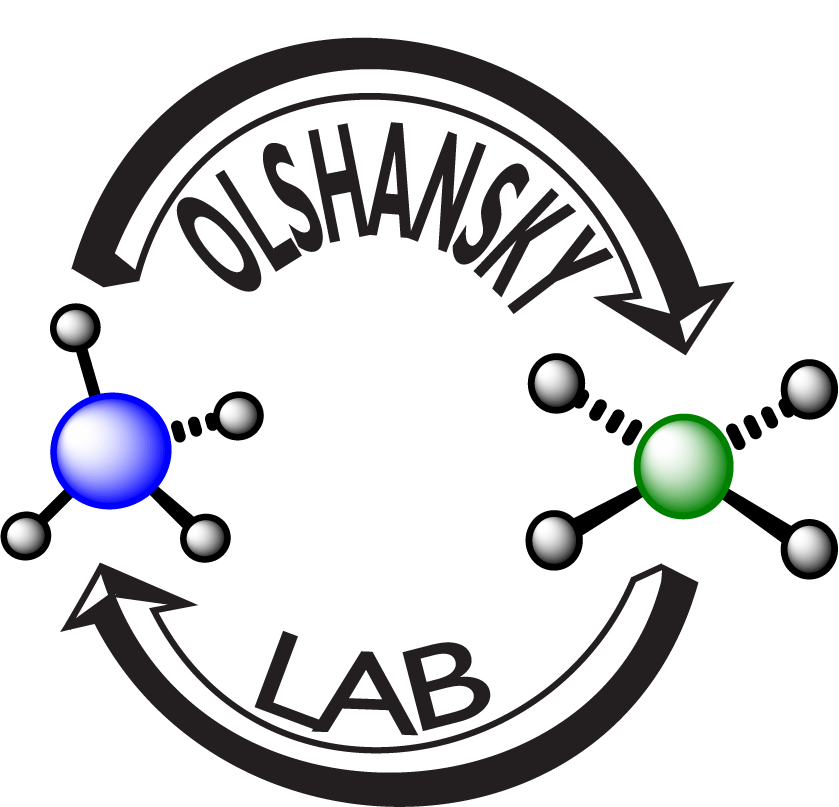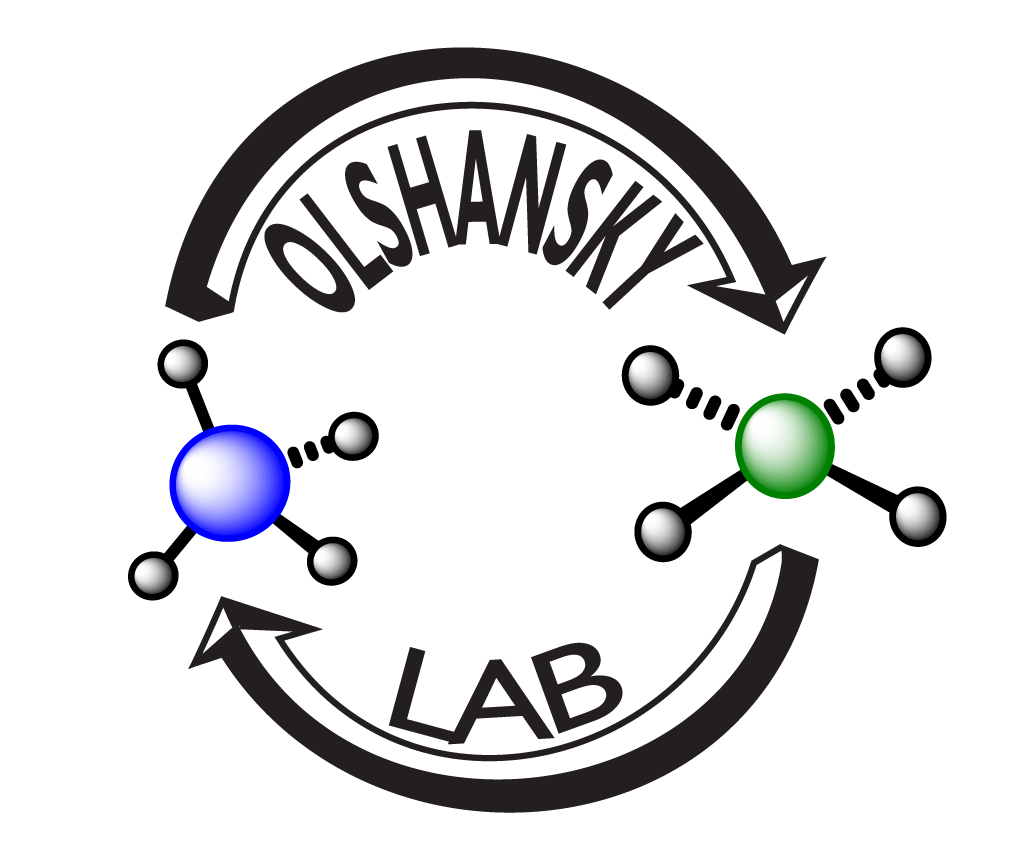Artifical Metalloproteins (ArMs) offer a level of control over the coordination environment about a metal center not possible in either purely synthetic or purely biological systems. Combining synthetic methods to modulate the primary coordination sphere, and site-directed mutagensis to modulate the secondary coordination sphere, the entire metallocofactor microenvironment can be modified.
However, biology also uses tertiary and qauternary effects to control metallocofactor reactivity. Often, changes in these superstructural elements trigger catalysis. To better understand, model, and deploy tertiary effects on metallocofactor reactivity, we are preparing conformationally switchable ArMs (swArMs) in which triggered conformational changes in the protein host drive changes in the metallocofactor electronic structure.
‘Bigs’ subgroup overview: switchable artificial metalloproteins (swArMs)
Allosterically triggered reactivity
We want to understand how metalloproteins convert binding energy released at an allosteric site into activation energy at the active site.
Combining Inorganic and Biophsyical Methods
Members of the Bigs subgroup employ a wide range of experimental and computational techniques. They combine inorganic synthesis and spectroscopy with biophysical methods to correlate protein conformational changes with changes in the electronic structure of embedded metallocofactors.
Pictured to the left is a crystal structure of an engineered swArM collected at the synchrotron. In teal is the published structure of the apo-protein (before the conformational change) and in gray is our structure of the protein modified with a synthetically prepared metallocofactor in its holo-state (after the conformational change). The trigger for the conformational change is a binding event that occurs in a distant area of the protein, exemplifying allosteric regulatation.




